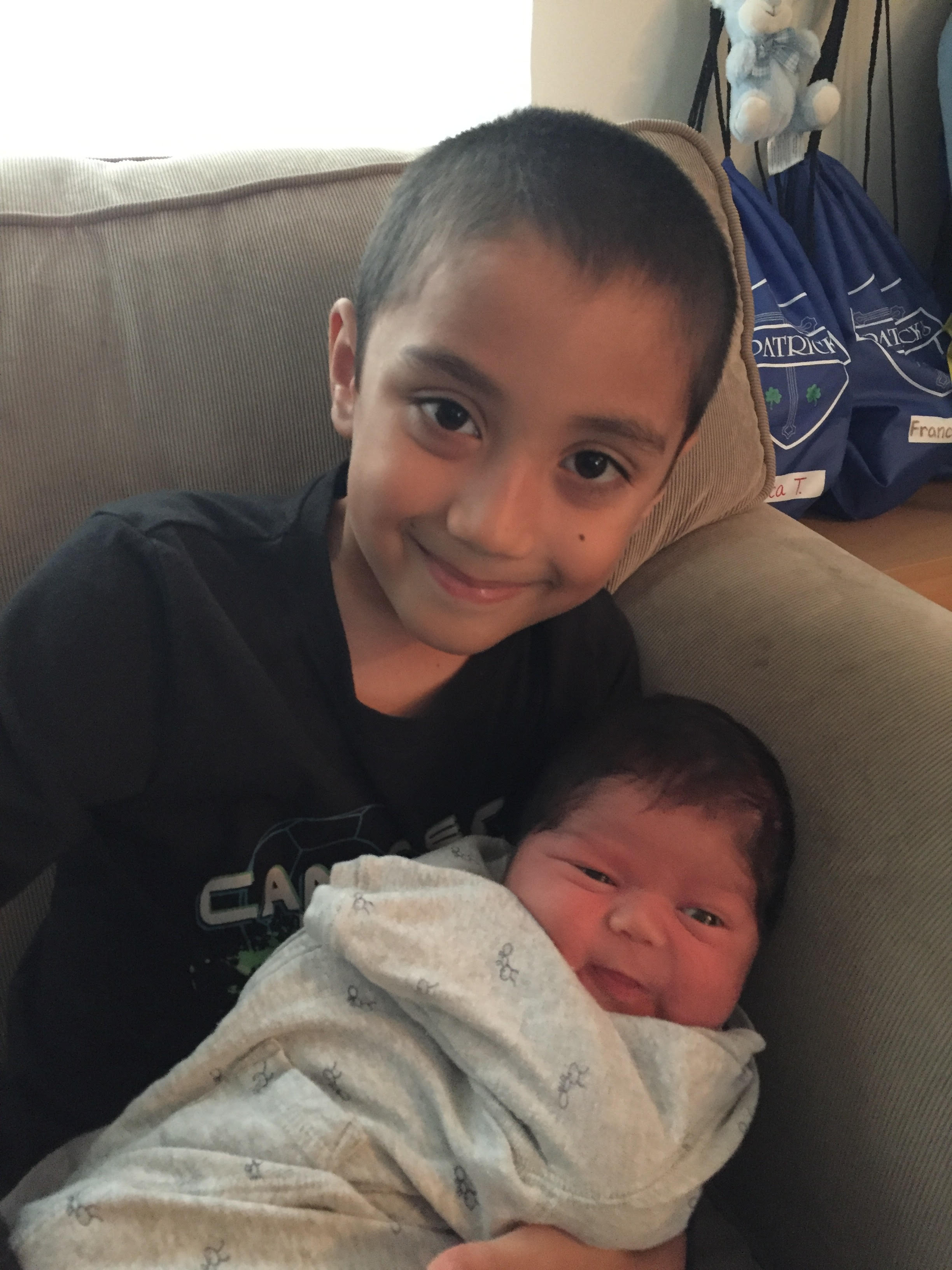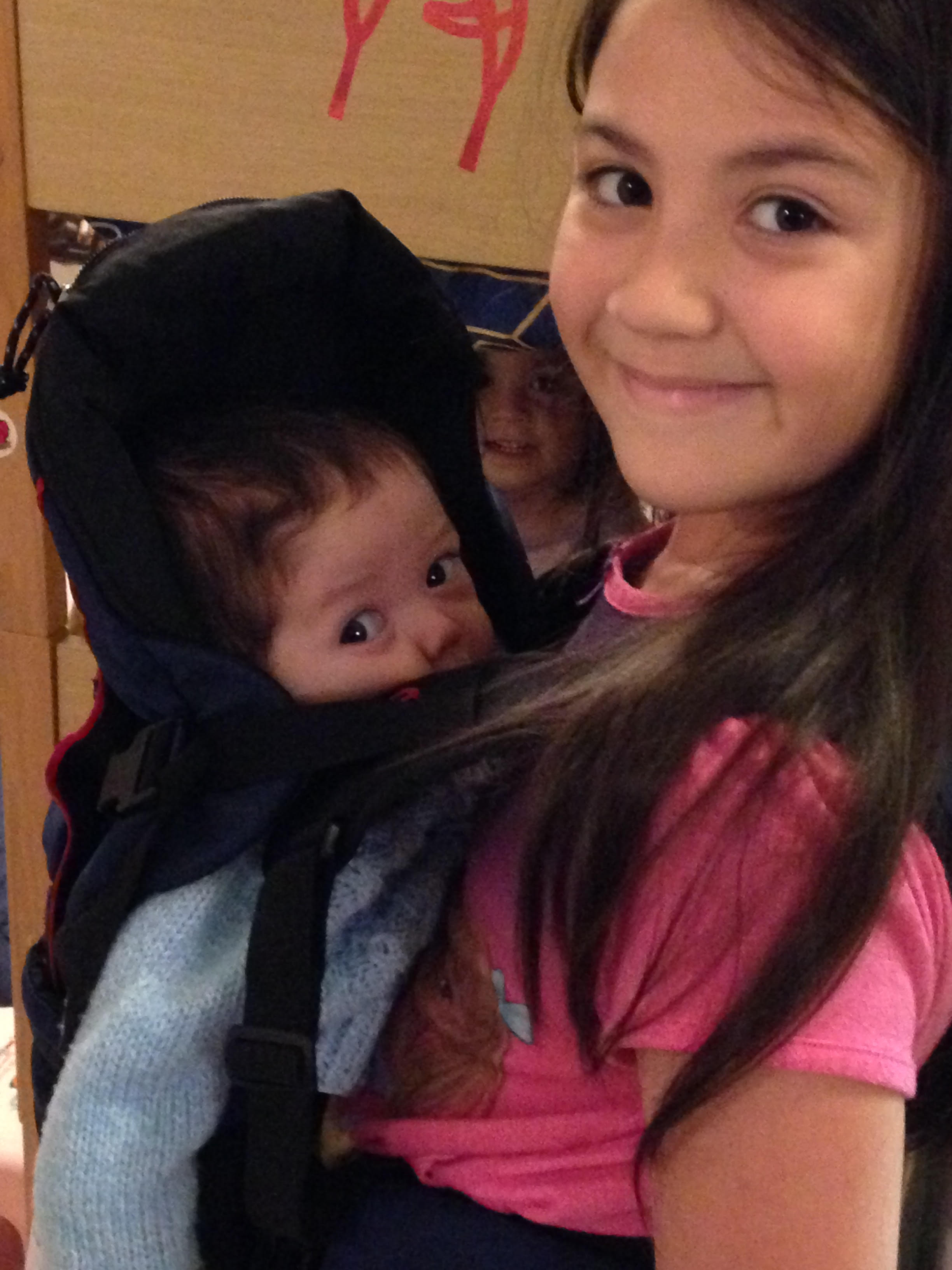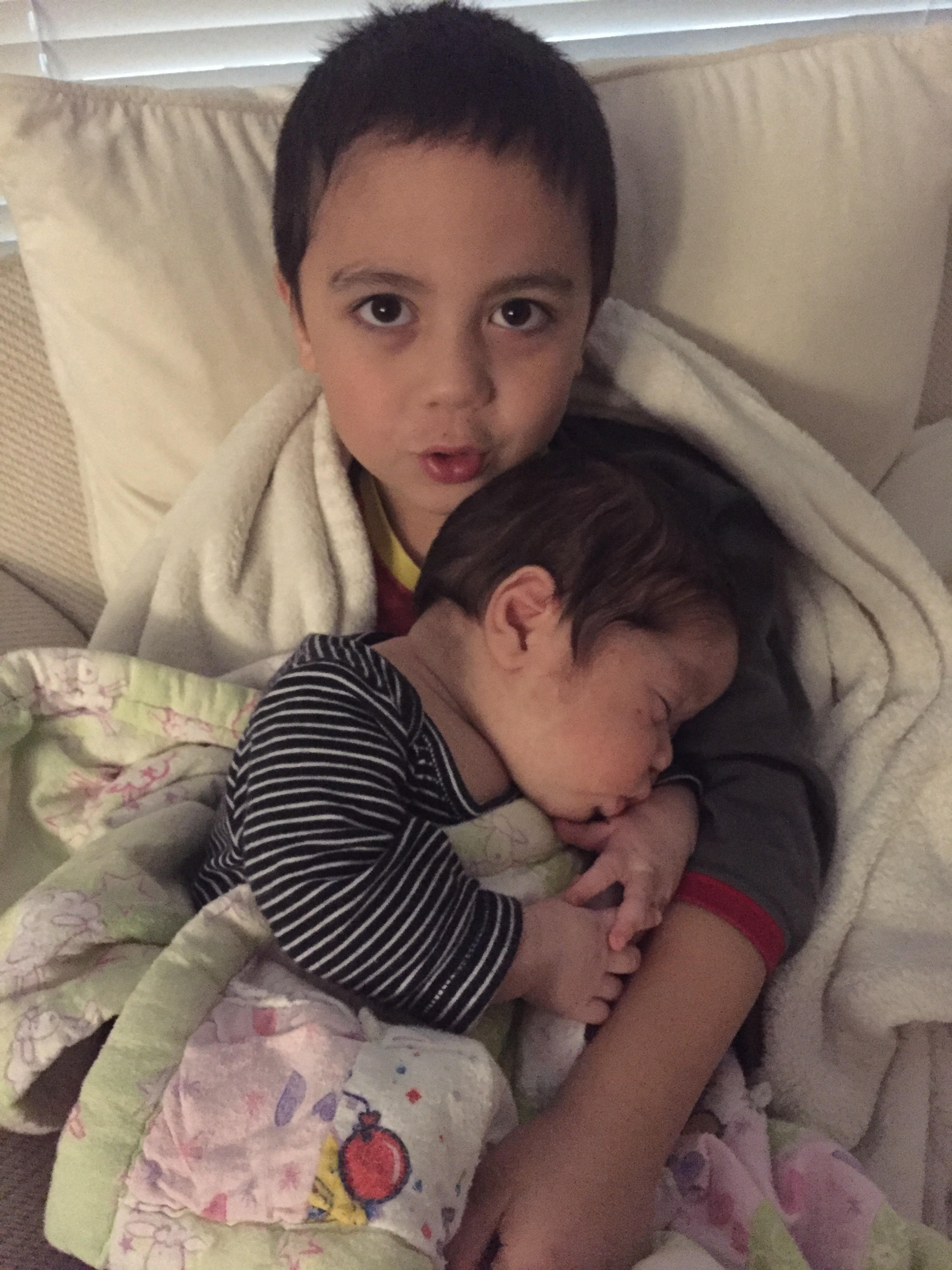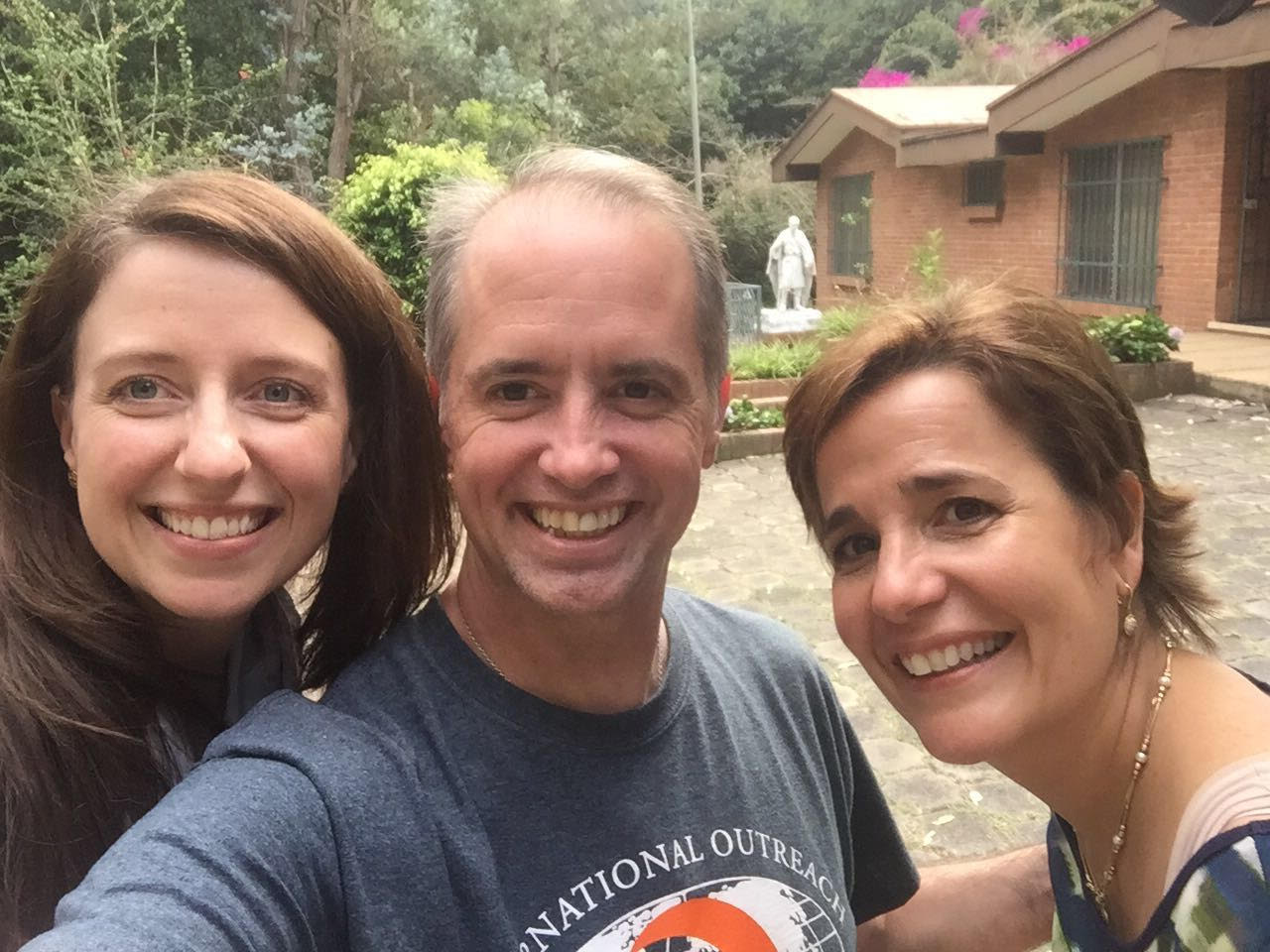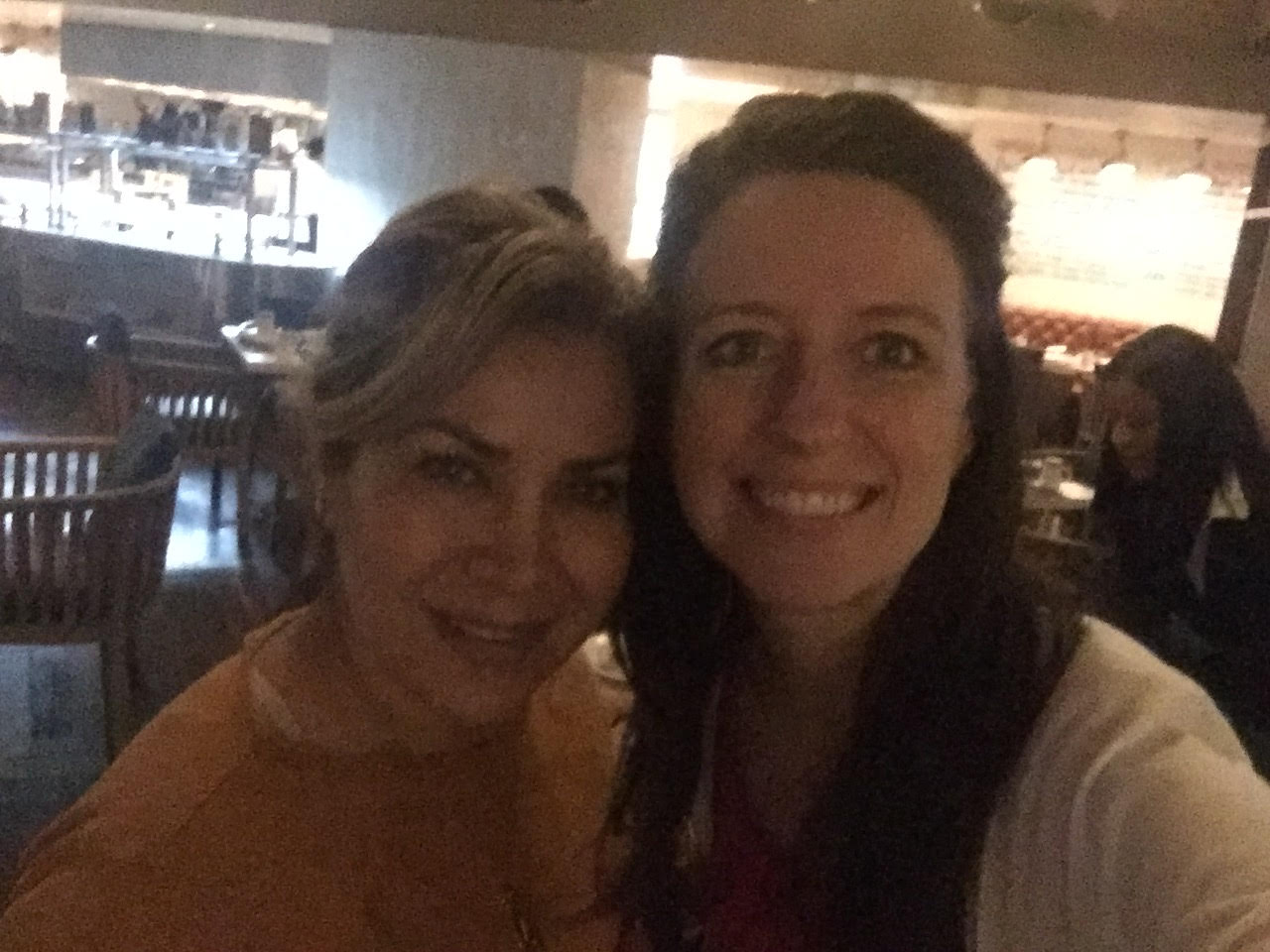“The greatest disease in the West today is not TB or leprosy; it is being unwanted, unloved, and uncared for. We can cure physical diseases with medicine, but the only cure for loneliness, despair, and hopelessness is love. There are many in the world who are dying for a piece of bread but there are many more dying for a little love.” –Mother Teresa
It was Lent three years ago when a 19-year-old old Canadian teenager set off on a pilgrimage to the Holy Land—well, that’s how she described her plan to her friends. But where she was going was not the traditional Holy Land of Israel where Christ once walked; instead, her Holy Land would take her to India where Christ still walked—in the suffering human souls she would serve. “We all have the desire to help somebody, to do something good,” Grace, one of my recent audience members, said, “but for me it was more that I wanted to meet Christ and have an encounter with him and I knew that’s what Mother Teresa and her sisters found in the poor.”
The Face of Christ
It was the most solemn day of the Christian calendar—Good Friday, the day where Christ-followers around the world remember the sacrifice of Jesus laying down His life on the cross. For the volunteers at the Missionaries of Charity’s home for the dying, this is a day off to enter into prayer and reflection. Grace, however, felt compelled to ask for a special exception: Since the sisters had to serve the sick that day anyway, could she help them as long as she did so slowly and in a spirit of prayer? They said yes, providing an opportunity for Grace to enter deeply into the “Stations of the Cross” in a way more real than ever before.
When one reads of Christ’s torture, we see how some close to him betrayed and abandoned him. But then there were the others—those like Simon of Cyrene and Mary His mother—who stood by His side and by their presence were a comfort. This was the example Grace knew to follow. At one point she found herself kneeling beside the bed of a dying man, slowly and patiently administrating hydration through a dropper; it was then where the words of Christ played over in her mind: “I thirst.” As she was reminded of Christ dying on the cross with a crucifix on the wall, she knew she was also encountering Christ in the individual lying in the bed before her. While incapable of eliminating suffering, she did what she could to alleviate it.
These moments taught that loving glances, hand-holding, sitting with, and gentle patience can bring much peace to those who are suffering. As Grace remarked, “Regardless of what life experiences a person has had before death, when they go through such great suffering it has a transformative power—when the person allows himself to be loved and cared for by others there’s such a deep and beautiful reflection of God’s love between the sufferer and the one who is suffering with.”
Some people who arrived at Mother Teresa’s home were extremely sick and expected to die, but with good care they were restored to health. Others, however, had their last breath—not on a dirty street ignored by passersby, but in a home surrounded by people caring for them. Grace told me that the few deaths she saw were incredibly peaceful: “I think it’s because the patients knew they were loved.”
She shared another story about a man who had a severe facial cancer and most of his face was distorted or missing as a result—his jaw was gone, even some of his neck, so that it was just his eyes, the bridge of his nose, and then the rest was bandaged off. “I had the honor of being able to be with him the last half an hour before he died,” Grace shared (although she didn’t know at the time he was so close to death). “I remember making eye contact with him across the room for the first time and then going to see him and greet him and that was the moment that bound my heart to Christ, and the dying, and the home for the dying. She didn’t see the grotesqueness of what cancer had done to his face; instead, she told me that she peered deep into his eyes and was captivated by the beauty of his soul.
Dignity
We prove that a sick, fragile human being has dignity by how we treat him. Grace explained how this was upheld at the home for the dying: she and the others would help patients brush their teeth, assist men with shaving, and brush women’s hair. The fact that the individuals were dying did not mean such basic grooming should be withheld. Far from it, to do such simple acts was to stress the dignity of the person—to acknowledge that they were worth caring for regardless of their condition.
I’ve therefore been mystified by the notion of euthanasia advocates that to be denied assisted suicide is to be denied a death with “dignity.” The not-so-subtle implication is that if one dies naturally, entirely dependent on others to feed him, change him, or wipe his drool, that he has somehow lost his dignity.
A simple dictionary definition of dignity is this: “the quality or state of being worthy, honored, or esteemed.” A sick person cannot lose her dignity because she is—in other words, by her existence she ought to be honored, respected, and cared for.
Consider that when something is valuable in and of itself we act differently around it—we treat it as its nature demands. Consider an expensive, one-of-a-kind painting: a museum curator is going to make sure the valuable artwork is “handled with care.” Or consider a sleeping newborn baby: parents will walk quietly and gently into the bedroom to check on the child, avoiding making startling noises. When a painting is covered with dust or a baby soils her diaper we do not say these have lost their dignity—rather, we respond in such a way (by dusting the painting and changing the child) as to acknowledge the dignity that lies within.
So ought our response be to those who are dying—not hastening death, not eliminating the person, but instead being present and caring for the individual with the gentleness and reverence that their dignity inspires.
The Gift of Presence
When I think of Grace’s experience caring for the dying, I am reminded of a powerful reflection by author and blogger Ann Voskamp, who wrote about her friend Kara Tippetts story of dying from cancer. Ann wrote,
All the faces of humanity carry the image of God.
What if deciding to end a human life is somehow the desecration of God’s image?
What if a human life is not only a gift of grace right till the end – but is a reflection of God’s face right till the end?
What if we are not at liberty to end or destroy human life, no matter how noble the motive, because all of life is impressed with the noble image of God?
***
Kara taught us that:
In our efforts to terminate suffering — too often we can be forced to terminate the sufferer — when we were meant to liberate the aloneness of the sufferer, by choosing to participate in the sufferings — choosing to stand with the suffering, stay with the suffering, let the suffering be shaped into meaning that transcends the suffering.
***
The word “suffer,” it comes from the Latin that literally means to ‘bear under’ — suffering is an act of surrender, to bear under that which is not under our control — but beyond our control.
That is why suffering is an affront to an autonomous society:
Suffering asks us to ultimately bear under that which is ultimately not under our control — which proves we are ultimately not the ones in control.
***
She chose to bear under the suffering — because she humbly chose to bear depending on others…. being a community, being a body, being human beings who belong to each other and will carry each other as much as humanly possible.
If suffering is about bearing under — suffering is a call for us all to be a community to stand together and carry the weight of bearing under — only to find that we are all being carried by a Greater Love.
Suffering is a call to come, to show up, to be there. Suffering can be a gift because it’s a call for presence; it’s a call for us to be present.
So whether it’s a young mom like Kara dying in Colorado, an old man dying in India, or a suffering soul right in the midst of our own backyard, each of us has the capacity to respond to our neighbor’s suffering as Grace did, with the gift of our presence.
Note: A beautiful book about achieving a good death in the face of suffering is The Measure of My Days.










